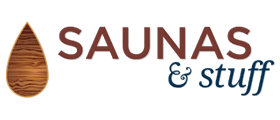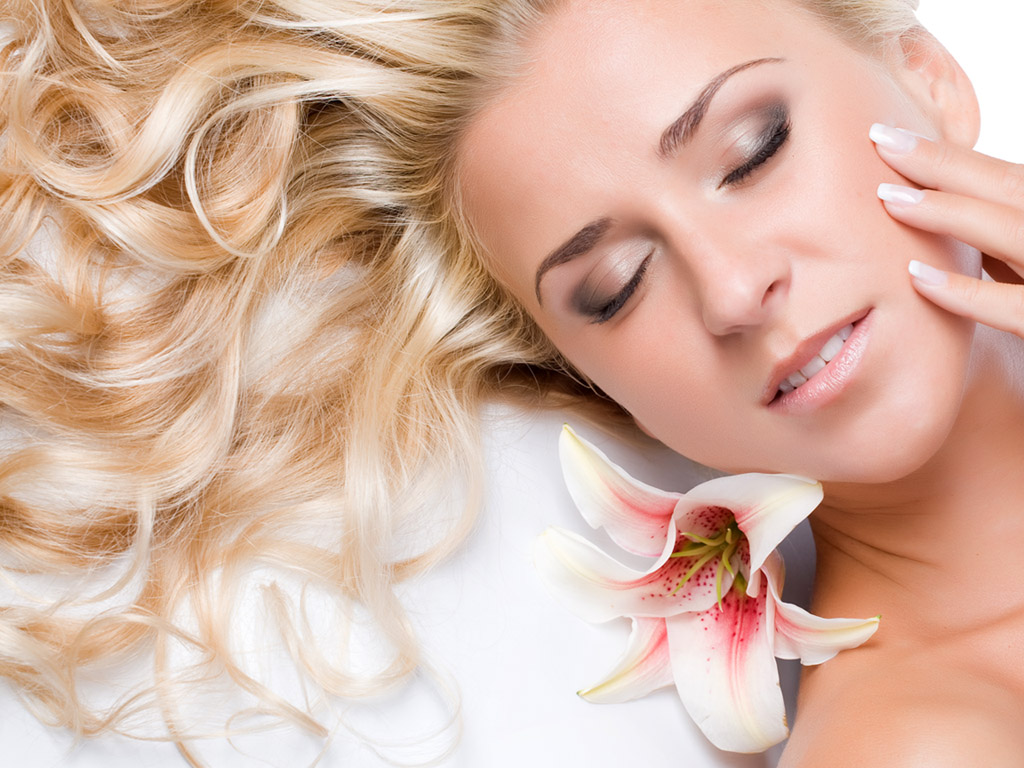Anyone who has been in a sauna can tell you how great your skin feels after all that sweating. The skin becomes flushed, the sweat gives it a glowing sheen, and it feels soft and supple to the touch. Why not follow a sauna skin care regimen? It's a great way to keep the skin clean and clear.
What Does the Sauna Do For My Skin?
At the most basic level, sweating cleans the skin, opens pores, and makes the skin pliant (which can help reduce/prevent wrinkles!). A 2008 study in Dermatology suggested that regular sauna use can actually help protect the skin and relieve dry skin conditions.
The skin has two major types of glands that secrete substances: sweat glands and sebaceous glands. Sweat glands produce sweat, obviously, and sweat's great, but sebaceous glands are actually the part we're interested in. Sebaceous glands surround hair follicles and secrete a waxy substance called sebum onto the skin. Sebum is great stuff. It protects the skin by moisturizing it and delivering nutrients directly to the surface skin cells. It is even thought to have antibacterial properties.
When the sebaceous glands get blocked by dead skin, cosmetics, or bacteria, you get a blackhead, whitehead, pimple, or boil. It's important to keep the sebaceous glands clean and clear to avoid these blemishes, but also to keep your skin functioning properly. This is where the sauna is a great tool in your skin care regimen.
When your skin warms in the sauna, your sebum becomes more fluid and it flows more easily over your skin, distributing it more evenly. The sweat that is also released softens the skin and makes it more receptive to the sebum's moisturizing properties. At the same time, your blood circulation increases and moves to the skin, drawing more oxygen and nutrients to the skin's surface. All of this leaves the skin cleaner, healthier, and more moisturized.
How Do I Begin a Sauna Skin Care Regimen?
It's easy to make a sauna part of your regular skin care regimen. First, you'll obviously need a sauna. If you don't have access to a private home sauna, most gyms offer saunas as part of their amenities. If you don't want to pay for a monthly membership, many day spas have sauna sessions available for hourly or flat fees. There are also sauna businesses in many communities that offer communal or gender-specific saunas for hourly or flat fees.
You will also need a swimsuit (if using certain public saunas), a towel for drying yourself, a towel to sit on, an exfoliating tool such as a loofah or rough cloth, and your preferred soap or cleanser. Now you're ready to begin:
- Take a hot shower and use your preferred cleanser to focus on areas with acne. Rinse your skin thoroughly and dry off completely.
- Enter the sauna, taking your exfoliating tool. When your skin begins to sweat, gently rub your skin, focusing on problem areas. When you are finished, sit for a few more minutes, then head back to the showers.
- Stand under a warm shower and rinse your skin, then turn the water as cold as is comfortable and stand under it until you are no longer sweating. Do not use any soap.
- Dry yourself and take a break. Drink some water, sit or walk a little. When you feel back to normal, return to the sauna.
- Again, once you begin sweating exfoliate, focusing on problem areas. When finished, rinse off under a cool shower without using any soap. Avoid using any lotions or cosmetics, as well--let your skin breathe! You'll also find that the sauna has given you a rosy glow, and you'll likely not need any additional moisturizer.
Do you use a sauna as part of your regular skin care regimen? Comment below and tell us about it!

















